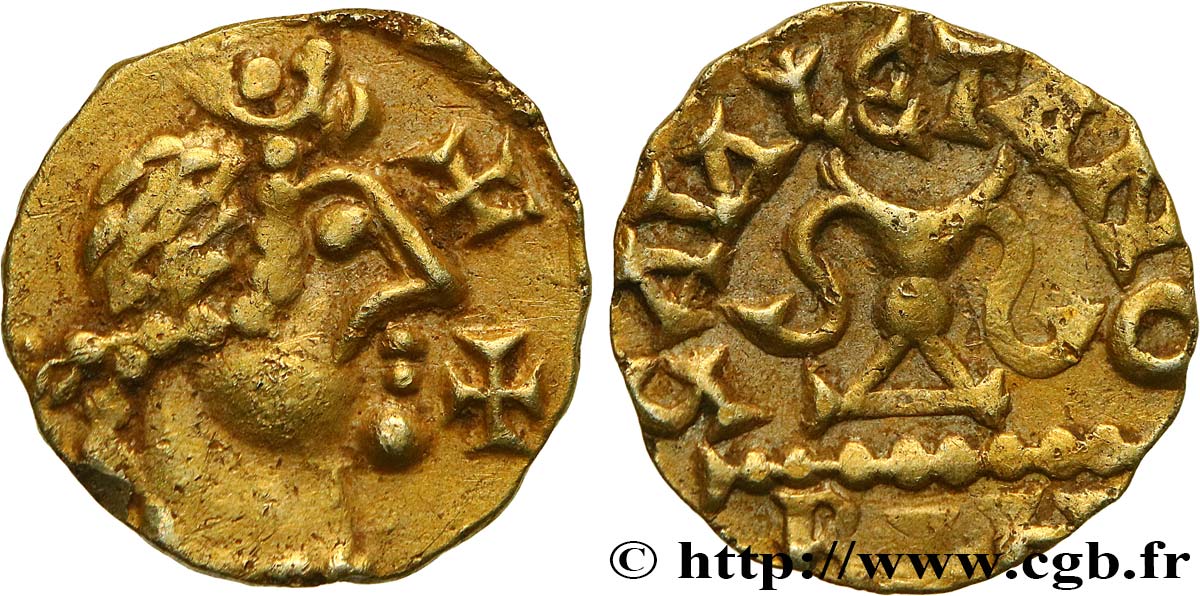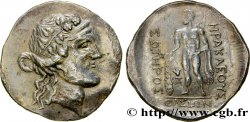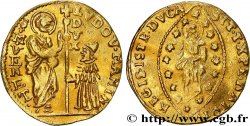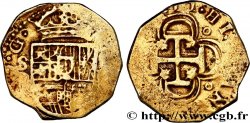Live auction - bmv_714025 - MEROVINGIAN COINAGE - BANASSAC (BANNACIACO) - Lozere Triens aux deux croix
You must signin and be an approved bidder to bid, LOGIN TO BID. Accounts are subject to approval and the approval process takes place within 48 hours. Do not wait until the day a sale closes to register. Clicking on "BID" constitutes acceptance of the terms of use of cgb.fr private live auctions.
Bids must be placed in whole Euro amounts only. The sale will start closing at the time stated on the item description; any bids received at the site after the closing time will not be executed. Transmission times may vary and bids could be rejected if you wait until the last second. For further information check the Live auction FAQ
All winning bids are subject to a 18% buyer’s fee.
All winning bids are subject to a 18% buyer’s fee.
| Estimate : | 2 800 € |
| Price : | 1 800 € |
| Maximum bid : | 1 802 € |
| End of the sale : | 08 March 2022 16:13:52 |
| bidders : | 1 bidder |
Type : Triens aux deux croix
Date: c. 620-640
Mint name / Town : Banassac (48)
Metal : gold
Diameter : 13 mm
Orientation dies : 12 h.
Weight : 1,22 g.
Rarity : R3
Coments on the condition:
Triens frappé sur un flan irrégulier présentant d’assez hauts reliefs
Catalogue references :
Obverse
Obverse legend : ANÉPIGRAPHE.
Obverse description : Tête barbare diadémée, à droite ; diadème perlé ; deux croix devant le visage.
Reverse
Reverse legend : GANLETIANO / BAH.
Reverse description : Calice à deux anses, posé sur une ligne d’exergue perlée.
Commentary
Pour le type 12-2E / 23, avec les deux croisettes devant le buste, le Moneta liste 16 exemplaires, dont quatre proviennent du trésor de Bordeaux. Les triens de ce type sont attribués à SIGEBERT et sont relativement abondants ce qui a permis d'en réaliser une étude précise, avec des différenciations parfois subjectives !.
For type 12-2E / 23, with the two crosses in front of the bust, the Moneta lists 16 examples, four of which come from the Bordeaux treasure. Triens of this type are attributed to SIGEBERT and are relatively abundant, which has allowed for a precise study, with sometimes subjective differentiations!
For type 12-2E / 23, with the two crosses in front of the bust, the Moneta lists 16 examples, four of which come from the Bordeaux treasure. Triens of this type are attributed to SIGEBERT and are relatively abundant, which has allowed for a precise study, with sometimes subjective differentiations!








 Report a mistake
Report a mistake Print the page
Print the page Share my selection
Share my selection Ask a question
Ask a question Consign / sell
Consign / sell
 Full data
Full data












